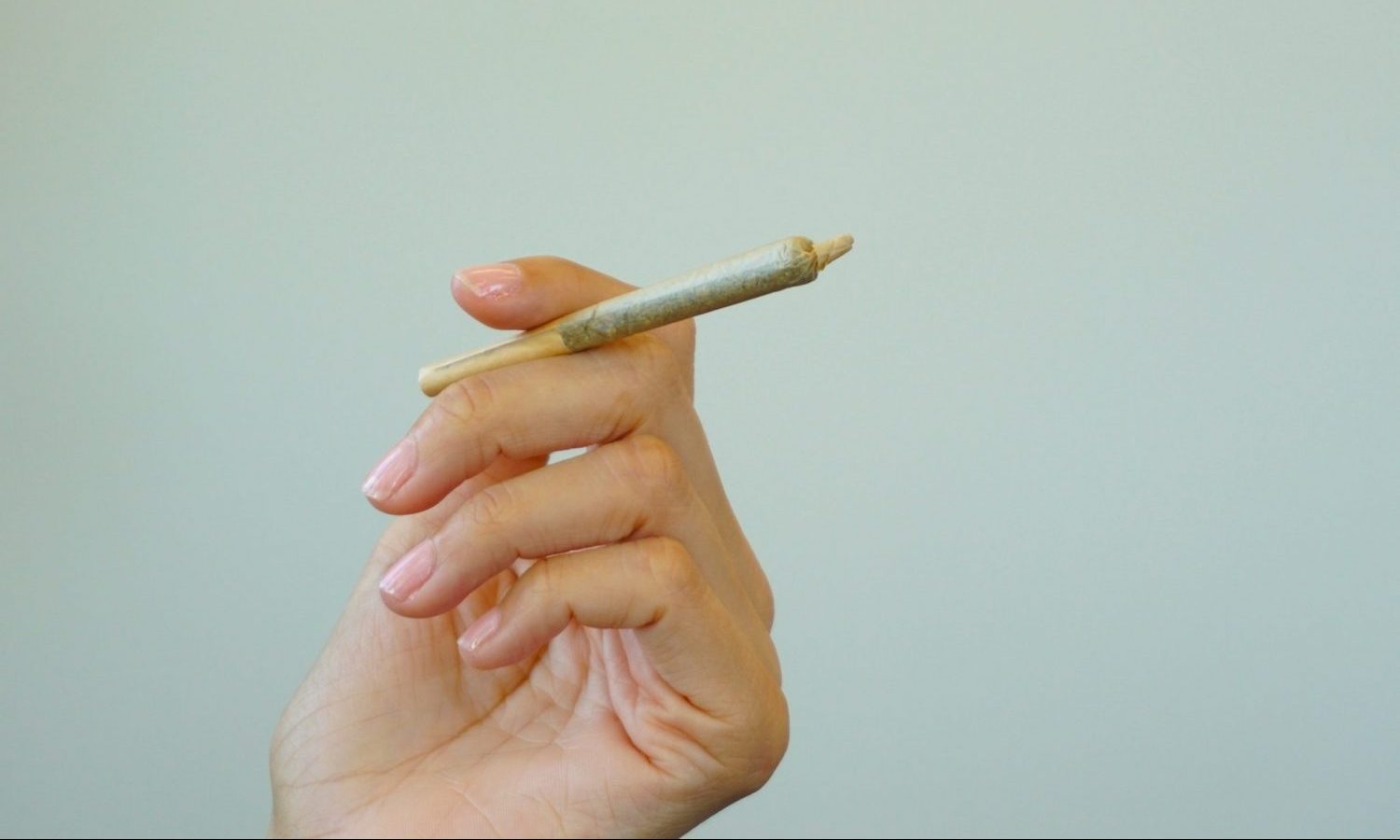
The expansion and growth of the legalized marijuana market in several countries imply that cannabis smokers are free to choose from several options of cannabis. People that procure their products from the right legal sources tend to notice the THC and CBD content percentage stated clearly on the product.
In addition to the CBD to THC ratio, other key details are also stated. However, some consumers have no idea of the usefulness of the CBD to THC ratio, and the few that do tend not to pay attention to it unless they have to.
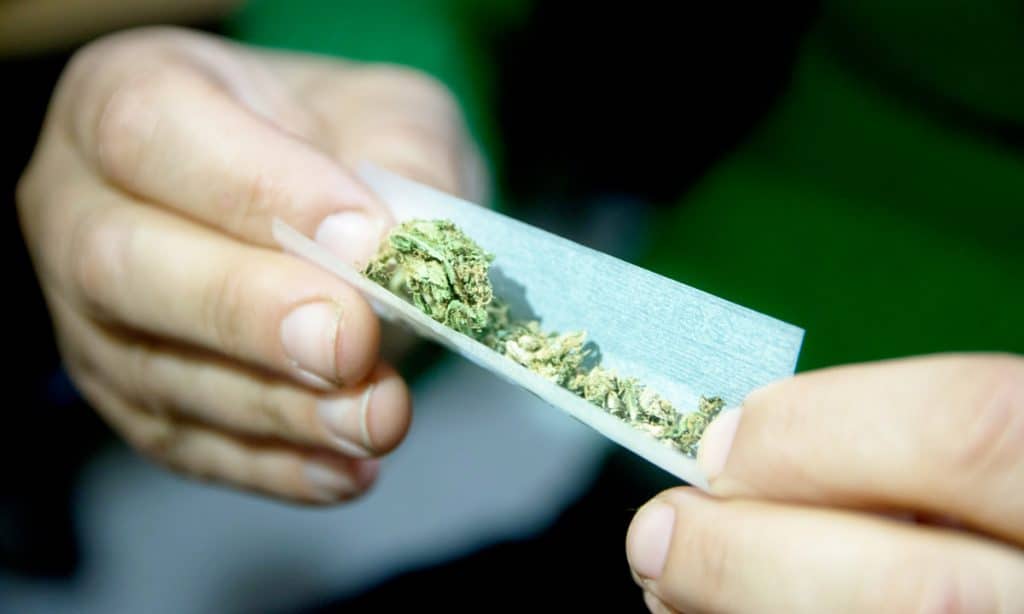
RELATED: Why the 1:1 Ratio Of THC And CBD Is Canna-Magic
Most times, the consumers that pay the most attention to the ratio are the medical patients being prescribed cannabis-based medication. So, what then is the CBD to THC ratio, why is its important, and what is the best CBD:THC ratio?
Brief Description of THC
THC is short for Delta9-Tetrahydrocannabinol. It is the most popular cannabinoid in cannabis plants and products. In the raw and suppressed form of cannabis, THC is present as an acidic compound.
The psychoactive high induced whenever cannabis is consumed can be attributed to this compound. This reaction happens because THC binds to a receptor in the nervous system. Hence, causing an alteration in the user’s cognitive and behavioral ability.
Brief Description of CBD
CBD is short for cannabidiol. It is the second most famous compound in cannabis. it is not responsible for any form of psychoactivity when ingested. Cannabidiol is responsible for countering the psychoactive effects of the THC compound.
The distinct feature of CBD is that it influences the endocannabinoid system (ECS). For this alone, it has a high potential of being medically beneficial to the human body. Research is still being carried out to figure out the scope of its usefulness.
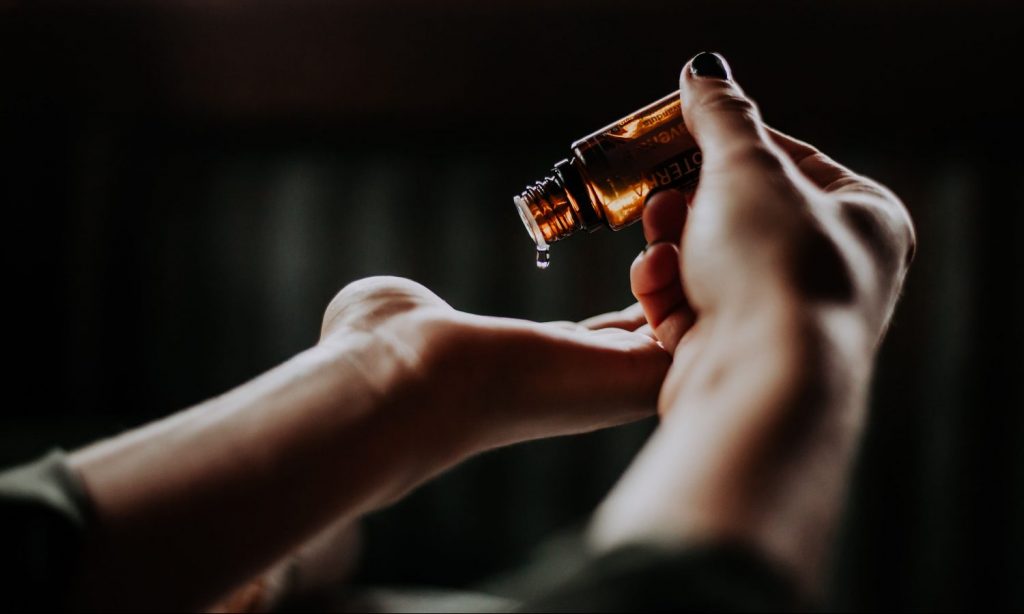
The Disparity Between CBD and THC
CBD induces its effects through the ECS. This system is found all over the body; it is made up of reception that interacts with the naturally produced endocannabinoids in the body.
On the other hand, THC can be attributed to the cozy, effusive, and placed feeling induced whenever a psychotropic strain is consumed. It also produces a feeling of hunger in its user. Simply put, the THC affects the cerebral activity of the body to induce the mood and behavioral changing features in its users.
Of course, both compounds interact, however, their interaction is to counter the effect of the other. CBD reduces the psychotropic effects of THC.
The Importance of CBD to THC Ratio in Cannabis
These compounds occur naturally in a very high concentration. When cannabis is ingested, both compounds are primarily responsible for the effects that are induced.
A user’s experience can significantly be altered when one of both compounds is higher or lower than the other, since both are responsible for the crucial benefits users seek to find when using cannabis.
The high—THC
The relief— THC, and CBD
Therefore, you have to figure the best ratio that suits you before you consume any marijuana product.
Comprehending CBD to THC Ratios
More than 70% of the marijuana products sold at legit stores are THC-dominant strains with very low CBD content present in them. Some of the common ratios inscribed on the containers of cannabis products include 1:1, 5:1, 10:1, etc.
What is the correlation of these numbers to your wants?
The ratio depicts the percentage of CBD to the amount of THC content present in the product. It is important to state that the ratio is quite different from the quantity of these compounds in the product.
For example, in a product with a 1:1 ratio, both compounds have equal amounts in each dose of the product.
RELATED: The Perfect CBD To THC Ratio? This Is What A New Study Suggests
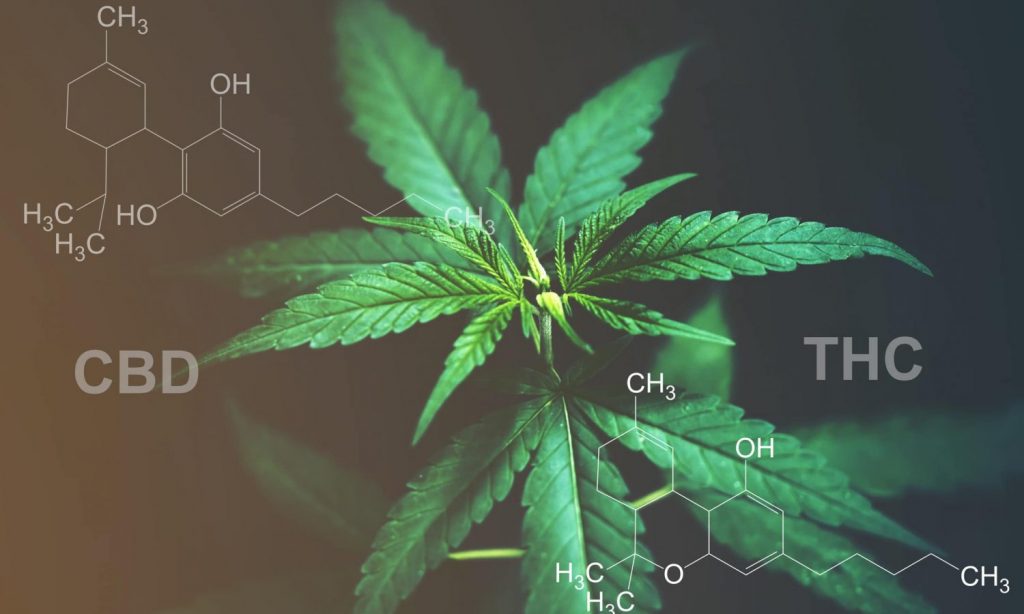
Best CBD:THC Ratio in Cannabis
There isn’t a widely accepted best ratio for cannabis. All ratios have an advantage over each other. So, it all depends on the user’s preferences and reason for using.
Each ratio group will be explained here, along with their advantages.
1:1 Equal Ratio
This implies a uniform dose of both compounds in the product. This provides a less intense buzz that does not inhibit normal body functions and activities.
These types of products are preferred for taking the stress off daily activities.
High CBD, Low THC
This includes products with 5:1, 12:1, 3:1, ratios. These products induce intense relief and calm. It is used medically to offset anxiety symptoms and a very fast heart rate.
The ‘high’ effects seen here are very subtle.
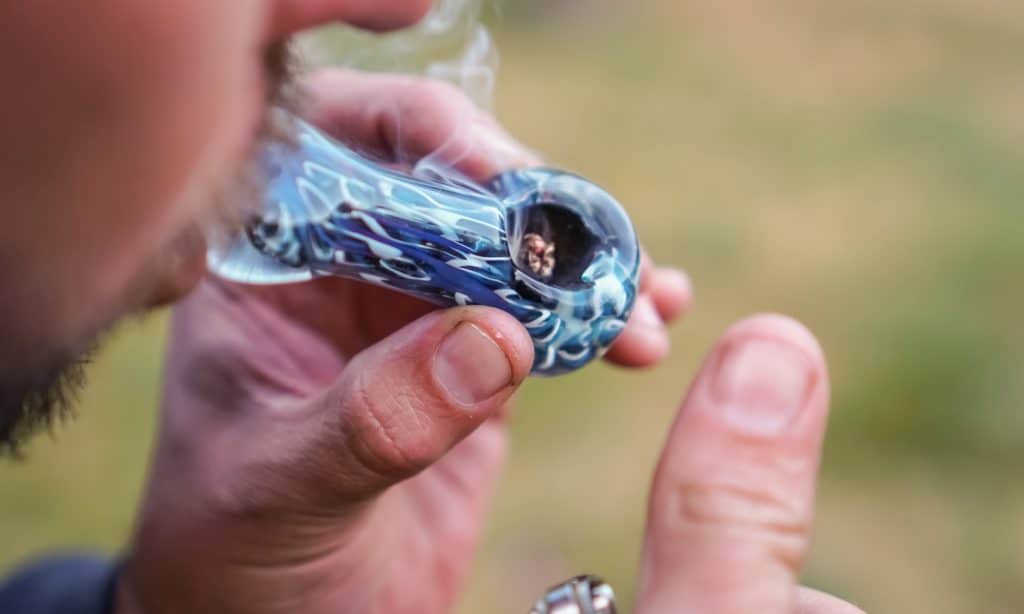
High THC, Low CBD
These forms of products have 1:2, 1:5, etc written in them. This ratio implies that a rewarding high with a subtle amount of CBD will be achieved.
The high THC content is complemented by the little CBD content present. Hence a smooth and clarifying high is gotten. It is usually used by smokers with anxiety.
High CBD, Zero THC
Right now, it is impossible to find a cannabis strap with zero THC content at 1:0. Rather, the THC content will be in trace amounts— less than 1%.
These products cannot get a user high. They are oftentimes
used by people who need just CBD in their system.
High THC, Zero CBD
This is the ratio a lot of users prefer to procure.
Strains with this ratio induce the most potent high. And are used most times by recreational smokers.
Bottom line
The CBD:THC ratio is very important to note when purchasing a cannabis product. You have to know what ratio suits you best. And the only way to do this is to sample some strains.
You have to take extra care not to overindulge when sampling the potent strains. Although, I would suggest that you begin from the less powerful cannabis strains or products.
Finally, in an event that the product needed failed to include a ratio— You need to, first of all, look closely at the labels. Secondly, you could ask the storekeeper for more information.
This article originally appeared on Cannabis.net and has been reposted with permission.





